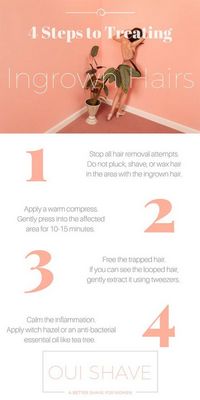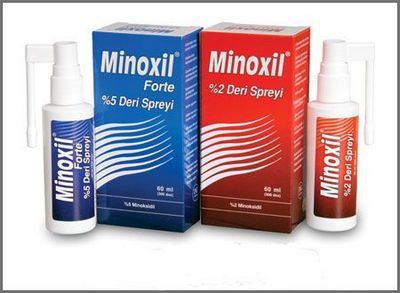
Ingrown hairs cause red, inflamed bumps when existing hair gets stuck on the skin. You can easily get ingrown hairs in areas that you usually shave, such as your neck, face, and armpits. In addition, ingrown hairs on the legs can result from waxing, threading and plucking. The main reason for an ingrown hair is that the hair follicle, which normally grows in the hair shaft, becomes irritated when it is cut or pulled out.
An ingrown hair cyst can be both painful and unpleasant. It is a fact that most ingrown hair cysts do not cause pain. However, some do have them, and you need to take action to get rid of them, otherwise they can escalate into something more serious. In the case of ingrown hairs on the legs, the area around the ingrown hairs may be sensitive. If this is not done, ingrown hairs can become infected. Therefore, it is recommended that you see your doctor immediately if you notice an infection is taking place in your ingrown hair.
Your doctor will usually treat an ingrown hair cyst by prescribing antibiotics. They are prescribed specifically for the treatment of ingrown hairs on the legs. In some cases, treatment is sufficient to remove the infection. Otherwise, the infection will not go away on its own. In these cases, your doctor may prescribe a topical cream to kill bacteria living in the infected area. In severe cases of ingrown hairs, the doctor may even require surgery.
Another treatment option for ingrown hair cysts is cryotherapy, in which the affected area is frozen until the infection clears up. This method is only effective if the ingrown hairs are close to the surface of the skin and not deep in the dermis.
To treat an ingrown hair cyst, doctors usually prescribe some kind of topical cream that can be applied to the ingrown hair and it will be killed by the heat. This cream will need to be used regularly, and if the condition worsens, more cream may be needed. In case of severe ingrown hairs on the legs, it will be necessary to constantly use a prescription cream. This cream is very effective in correcting the problem.

In the case of moderately ingrown hairs on the legs, there are different ways to deal with the problem. You can either control the ingrown hairs or let them heal on their own. For moderately ingrown hairs on the legs, comfortable clothing such as cotton underwear is the most common remedy.
Ingrown hairs that are deeply embedded in the skin can be very difficult to remove. For more serious problems, surgery may sometimes be required to fix the problem. However, in the case of light ingrown hairs on the legs, this is not necessary. For moderately ingrown hairs on your legs, you may have to opt for the first treatment option, which is to apply a cream and see how it goes away.
For severe ingrown hairs on your legs, you can treat the root of the ingrown hair with acid. or a cream that will kill the bacteria that led to the growth of the ingrown hair in the first place. An up-to-date solution is also very useful for troubleshooting the problem in cases of serious problems. The best way to fix any problem is to see a doctor, but you can also treat ingrown hairs on your own using simple creams and products.